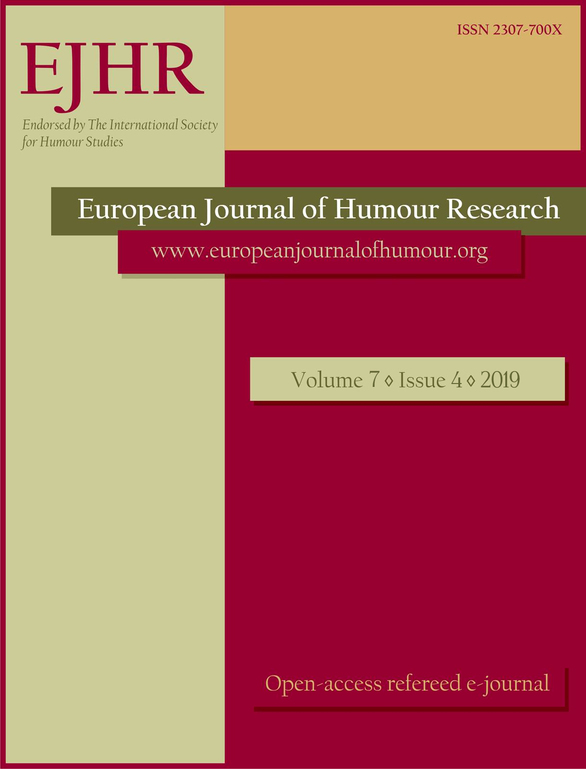Conceptual integration theory and British humour:
Conceptual integration theory and British humour:
an analysis of the sitcom Miranda
Author(s): Joanna Jabłońska-HoodSubject(s): Language and Literature Studies, Theoretical Linguistics, Applied Linguistics, Communication studies, Semantics, Pragmatics, Cognitive linguistics, Descriptive linguistics
Published by: Krakowskie Towarzystwo Popularyzowania Wiedzy o Komunikacji Językowej Tertium
Keywords: conceptual integration theory; blending; British humour; compression; emergent structure; frame-shifting;
Summary/Abstract: Conceptual integration theory (henceforth CIT), also known as conceptual blending, was devised by Fauconnier and Turner (2002) as a model for meaning construction and interpretation. It is based on the notion of a mental space, which originated in Fauconnier's early research (1998). Mental spaces are structures that constitute information pertaining to a particular concept (Fauconnier and Turner 2002: 40). Interestingly, mental spaces can be linked together and blended so as to produce a novel quality. In this manner, conceptual integration serves as a theoretical model that throws light on creativity in language use. In my paper, I will apply CIT to British humour in order to use its multiway blending together with its dynamic, online running of the blended contents for the purpose of comedy elucidation. It is crucial to observe that British humour is a complex phenomenon which pertains to many different levels of interpretation, i.e. a linguistic, cultural or discursive. CIT possesses a well-suited cognitive apparatus which can encompass the complexity of British humour with all its layers. The primary goal of the article is to analyse a selected scene from a sitcom entitled Miranda in order to show the validity of the theory in respect of humour studies. In particular, I will undertake to demonstrate that CIT, with a special emphasis on its principles such as compression and the emergent structure of the blend can deal with many processes that accumulate within British humour and result in laughter. Simultaneously, I will try to demonstrate that frame-shifting, as proposed by Coulson (2015: pp. 167-190), can be of help to CIT in explaining humour.
Journal: The European Journal of Humour Research
- Issue Year: 7/2019
- Issue No: 4
- Page Range: 47-67
- Page Count: 21
- Language: English

